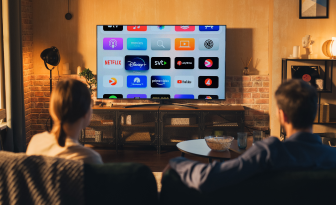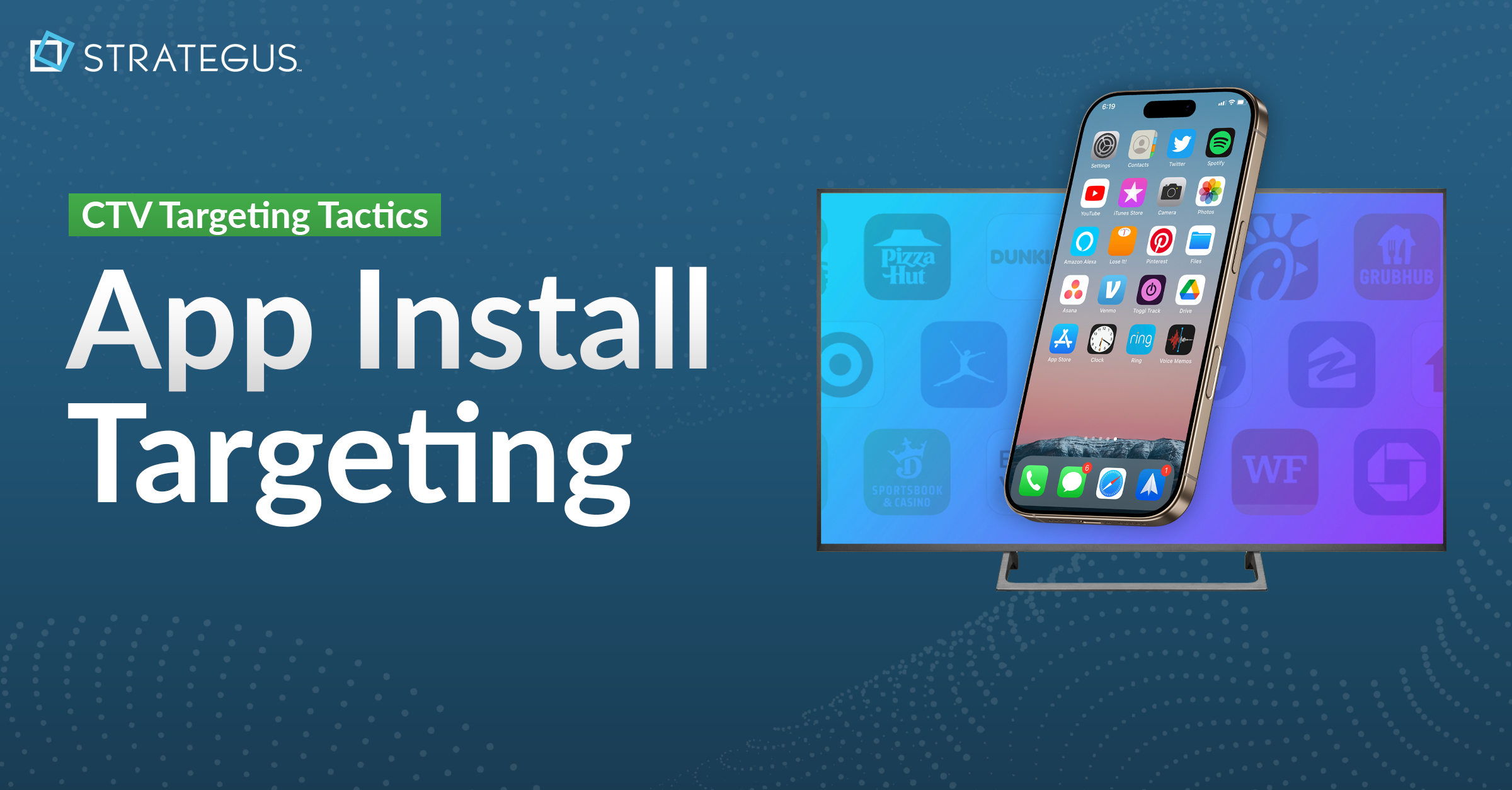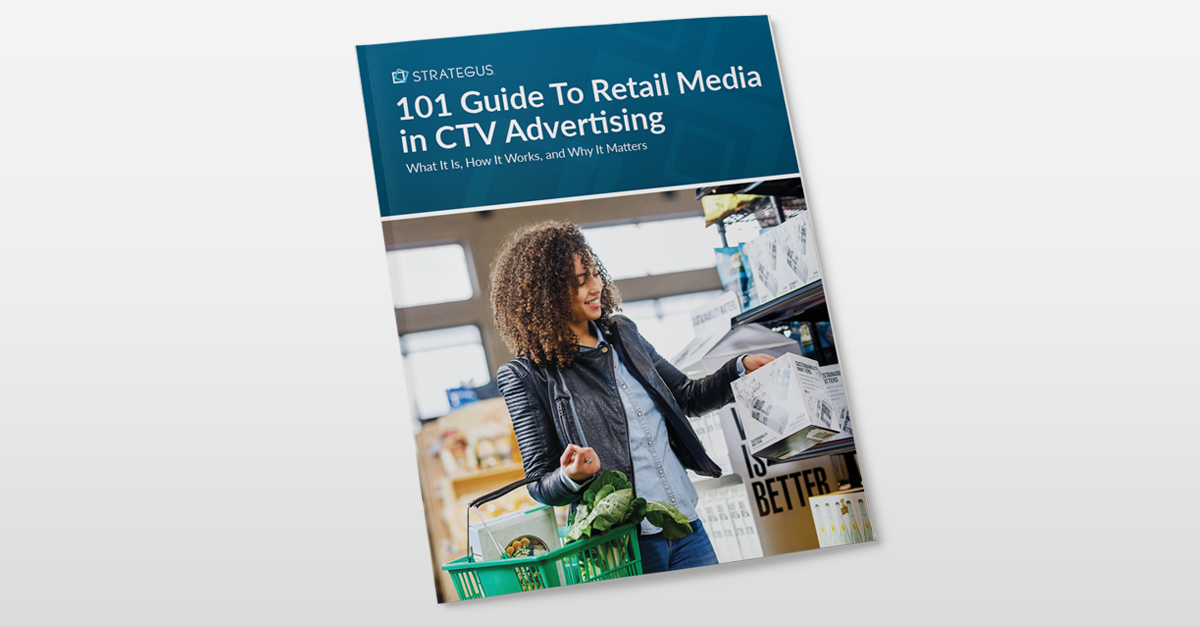- Home
- Strategus Blog
- DMP vs DSP in Digital Marketing & Advertising: What's Better?
DMP vs DSP in Digital Marketing & Advertising: What's Better?
12 minutes read
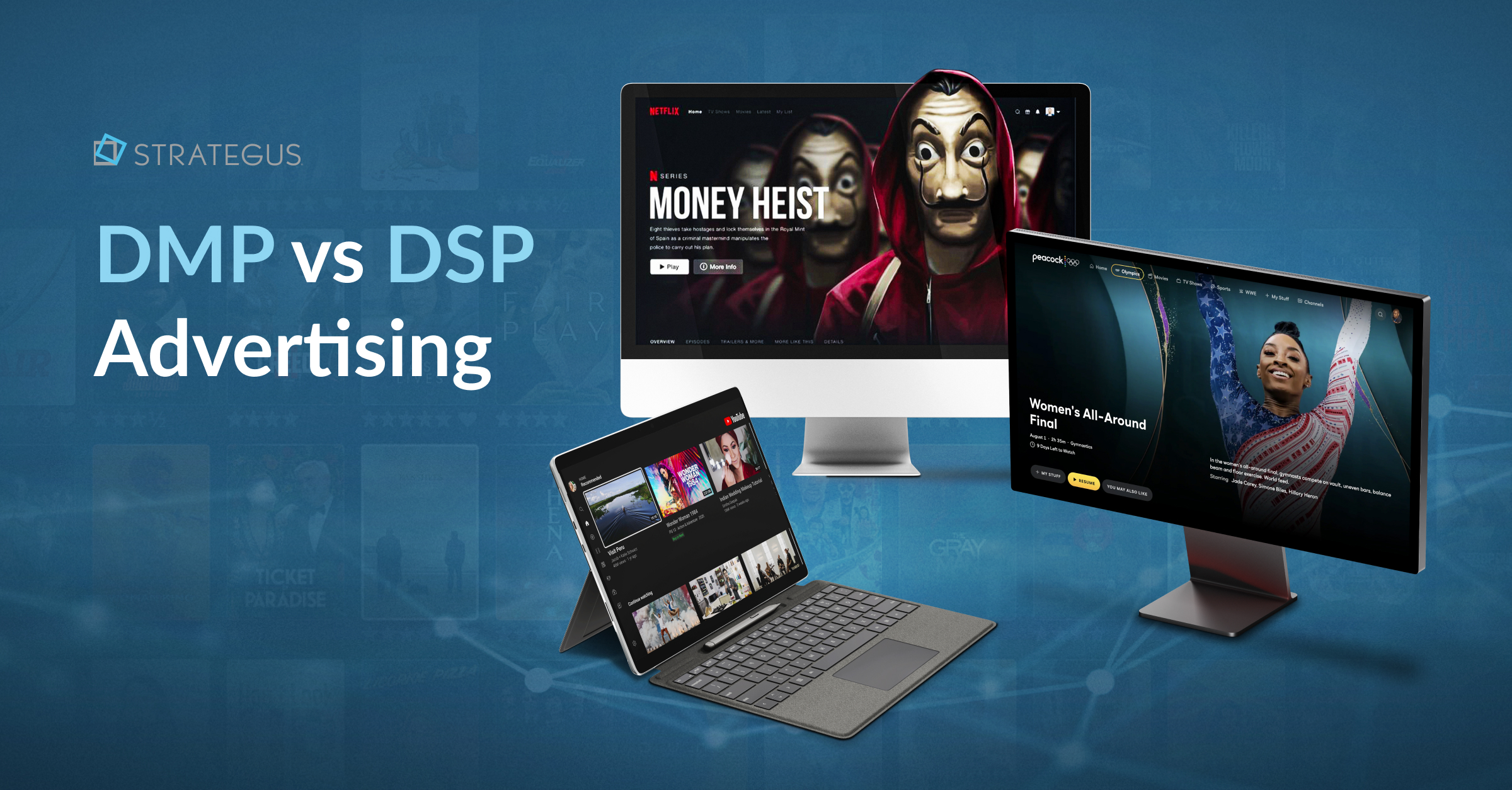
Running ads online can feel overwhelming with so many platforms to choose from. DMPs and DSPs are two common options, but how do they really differ?
Both support digital marketing, yet they serve very different purposes. This article breaks down each one and helps you figure out how both fit into your advertising strategy.
DMP vs DSP: At a Glance
|
Aspect
|
DMP
(Data Management Platform)
|
DSP
(Demand-Side Platform)
|
|
Primary Function
|
Collects, organizes, and analyzes audience data to create actionable insights for targeting.
|
Automates programmatic ad buying, delivering ads to the right audience across channels.
|
|
Key Benefits
|
|
|
|
Targeting Capabilities
|
Creates audience segments based on demographics, interests, behaviors, and preferences, enabling precise targeting. |
Uses audience data from DMPs to target users in real-time, with options like demographic, interest-based, behavioral, and contextual targeting.
|
|
Optimization Focus
|
Provides refined audience insights and segment updates for continuous campaign improvement. |
Real-time optimization of bids, placements, and creatives using machine learning for maximum relevance and ROI.
|
|
Integration with Platforms
|
Seamlessly integrates with DSPs, ad servers, and other tools to enable data portability and activation. |
Integrates with ad exchanges, SSPs, and data providers for access to diverse ad inventory.
|
|
User Involvement
|
Requires marketers to analyze and segment audience data, providing input for targeting strategies. |
Automates most aspects of ad buying and optimization but requires monitoring and adjustments for optimal performance.
|
|
Collaboration
|
Supplies audience insights to DSPs for more effective ad targeting and engagement. |
Executes campaigns based on DMP-generated audience insights, creating a feedback loop for refining future targeting.
|
|
Best Suited For
|
Businesses focused on gathering and analyzing audience data for campaign strategies. |
Advertisers aiming to efficiently reach targeted audiences across multiple digital channels at scale.
|
If you’re looking to skip the hassle of working on DMPs and DSPs, we can help. Partnering with Strategus simplifies DMP and DSP management, offering expert-driven campaigns and access to premium CTV inventory. Speak with a Strategus expert today to see how we can help.
What is a Data Management Platform (DMP)?
A Data Management Platform (DMP) is a tool that collects and organizes audience data from many sources like your website, apps, CRM, partners, or outside providers. It brings all this information into one place to give you a clear picture of your audience.
With a DMP, you can group people by details such as age, location, interests, or online behavior. These audience segments help you plan smarter ad campaigns, target the right people, and deliver messages that are more likely to connect and drive results.
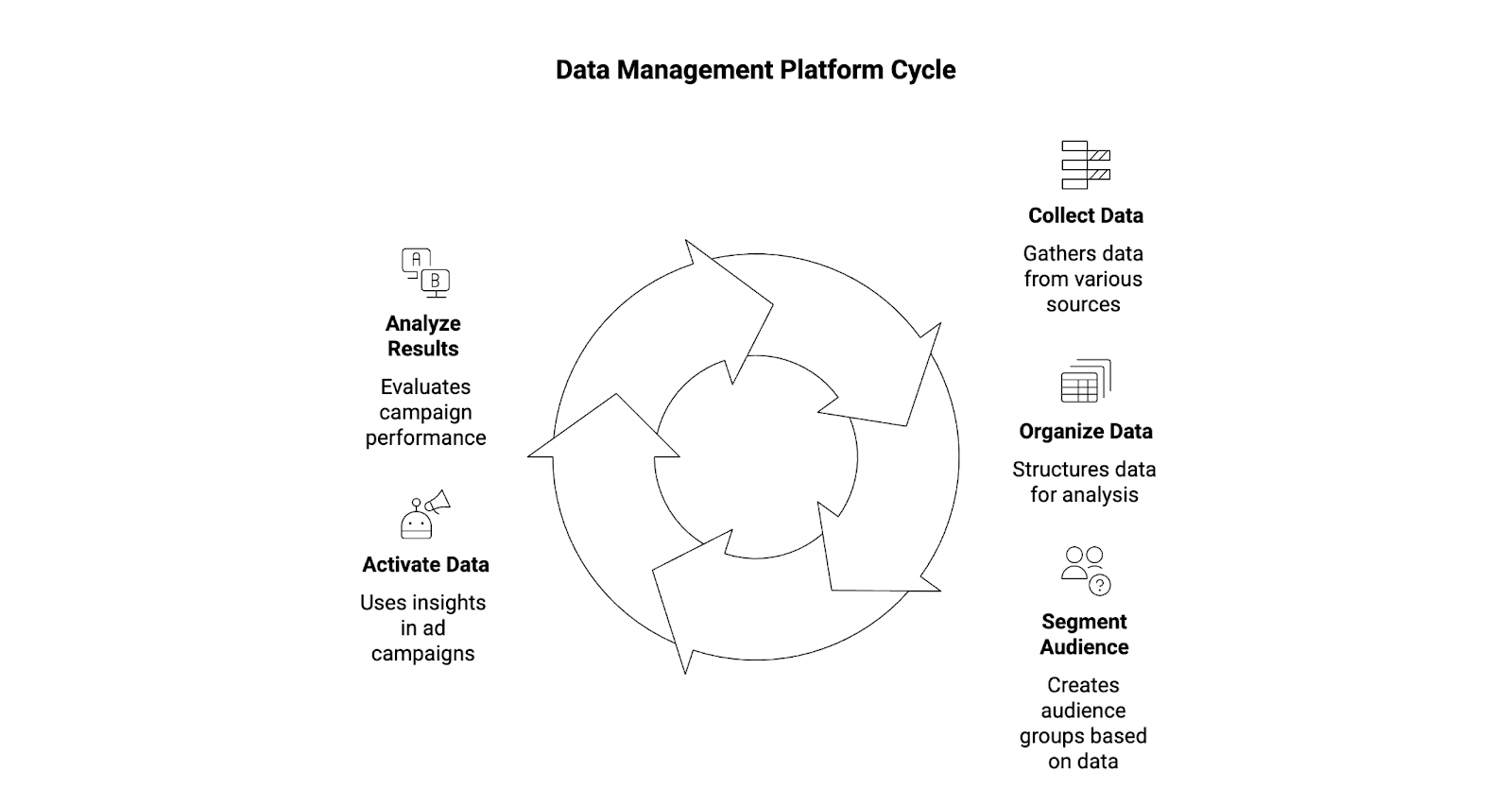
What’s the Role of DMPs
A DMP deals with an important step in digital advertising by turning raw audience data into useful insights. Here’s what it does:
- Collects and organizes data from websites, apps, CRM systems, and third-party sources.
- Builds detailed audience segments based on behavior, preferences, and past engagement.
- Acts as a central hub that simplifies decision-making and keeps campaigns aligned with audience needs.
- Integrates with other tools like DSPs to activate data and run targeted ad campaigns.
- Supports data-driven strategies that help advertisers deliver more relevant and impactful ads.
Benefits of Using a DMP
A DMP helps advertisers get more from their data by turning it into insights and actions. Here’s how it adds value:
1. Centralized Data Management
A DMP pulls in data from different sources like your own website or app, partner data, and outside providers, and keeps it all in one place. Having a single hub makes it easier to manage, analyze, and use data without dealing with silos or mismatched reports.
2. Audience Insights and Segmentation
With a DMP, you can see what your audience cares about, how they behave, and what patterns stand out. The platform lets you build audience groups based on demographics, interests, or actions. These segments help you target the right people with ads that feel more relevant and personal.
3. Data Activation and Portability
A DMP doesn’t just store data, it connects with tools like DSPs, ad servers, and CMS platforms so you can use your audience insights in real campaigns. This makes it simple to activate data across channels like display, video, or cross-device ads, ensuring your campaigns reach the right audience wherever they are.
What is a Demand-Side Platform (DSP)?
A Demand-Side Platform (DSP) is a tool that lets advertisers buy digital ad space automatically across ad exchanges and Supply-Side Platforms (SSPs). It provides one dashboard to manage campaigns, making ad buying and optimization faster and more efficient.
With a DSP, advertisers use real-time bidding (RTB) to compete for ad impressions as they become available. This ensures ads are shown to the right people at the right time, based on set targeting rules and bid strategies.
DSPs often work with data from DMPs to improve targeting. Advertisers can reach audiences defined by demographics, interests, or behaviors, while the DSP automatically bids on placements that match these criteria, helping campaigns reach high-value users.
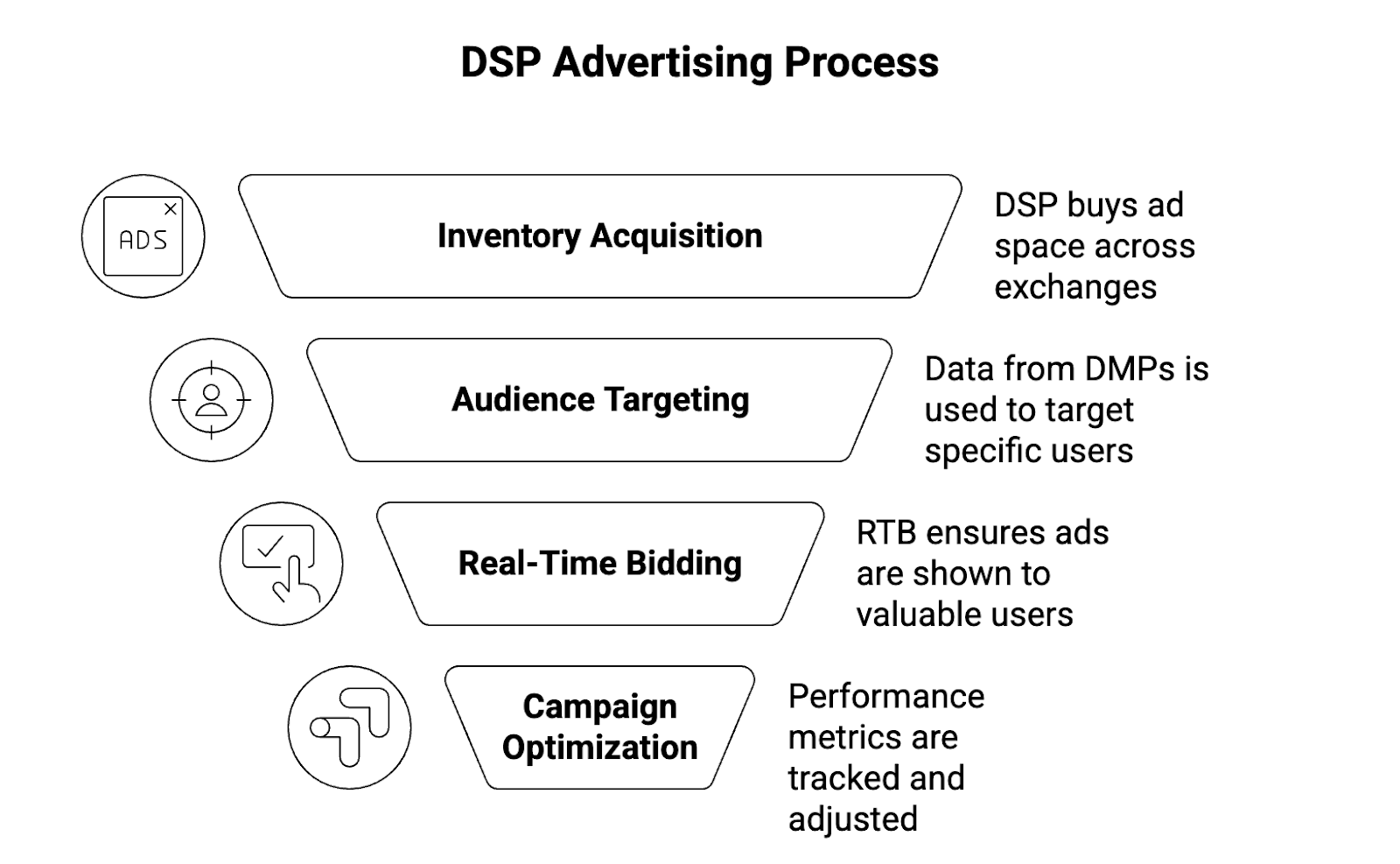
What’s the Role of DSP?
A DSP is important in digital advertising because it automates how ads are purchased and delivered. Here’s what it does:
- Buys ad inventory programmatically across multiple exchanges and publishers in real time.
- Uses RTB to secure the best placements at the right price.
- Targets specific audiences with precision by applying data from DMPs or other sources.
- Optimizes campaigns automatically by adjusting bids, placements, and frequency to improve performance.
- Provides centralized control so advertisers can manage budgets, creative assets, and reporting in one place.
Benefits of Using a DSP
A DSP makes programmatic advertising easier by automating how ads are bought and optimized. Here’s why advertisers rely on it:
1. Streamlined Media Buying
A DSP connects you to ad exchanges and Supply-Side Platforms (SSPs) so you can buy inventory from one dashboard. This removes the need to negotiate with individual publishers. Instead, you get access to a wide pool of ad space, helping you reach audiences at scale.
The automated process saves time and reduces manual work. You can focus more on campaign strategy and less on the details of ad placement.
2. Advanced Targeting Capabilities
DSPs work best when combined with audience data from DMPs. They let you define audiences based on demographics, interests, or behaviors so your ads show up for the right people at the right time.
Targeting options often include:
- Demographic Targeting: Age, gender, income, or education.
- Interest-Based Targeting: Topics or categories users actively follow.
- Behavioral Targeting: Online actions such as browsing, purchases, or content viewed.
- Contextual Targeting: Ads placed on pages or apps relevant to your brand.
- Retargeting: Reaching users who already interacted with your brand.
These tools make campaigns more relevant, boosting engagement and conversions.
3. Real-Time Optimization
With real-time bidding, DSPs decide instantly which ad impressions to buy and at what price. This ensures your ads go to valuable users instead of being wasted on broad placements.
DSPs also provide performance tracking so you can monitor metrics like CTR, CPA, and conversions. With real-time insights, you can adjust bids, refine targeting, or test new creatives, making sure your ad spend always works harder.
How Do DMPs and DSPs Work Together?
To achieve precise targeting and maximize advertising efficiency, DMPs and DSPs work in tandem, integrating audience insights with automated ad buying. Here’s a detailed step-by-step breakdown of how they collaborate.
Step 1: Data Collection and Organization by the DMP
A DMP collects vast amounts of raw data from various sources, including:
- First-Party Data: Information gathered directly from your website, apps, CRM, or customer interactions.
- Second-Party Data: Data shared by trusted partners.
- Third-Party Data: Purchased or aggregated data from external sources, providing additional audience insights.
The DMP processes and organizes this data into meaningful audience segments, such as frequent buyers, high-intent users, or specific demographic groups. For example, a DMP might identify an audience segment of users who abandoned their carts on your website, enabling targeted retargeting campaigns.
Step 2: Exporting Audience Data to the DSP
Once the audience segments are defined, the DMP exports this data to a DSP. The data is often anonymized and encrypted to align user privacy and compliance with data protection laws. The DSP uses this data to identify which users match the defined audience criteria.
For instance, if the DMP identifies "sports enthusiasts aged 18-34," the DSP will ensure ads are served to users fitting that description across programmatic channels like video, display, or Connected TV (CTV).
Step 3: Real-Time Bidding via the DSP
When ad inventory becomes available, the DSP evaluates each opportunity in real-time. It cross-references the audience data from the DMP with available ad impressions, assessing factors like:
- Relevance: Does the user match the target audience?
- Value: How likely is the user to convert?
- Cost: Is the ad placement within budget?
If the impression aligns with the criteria, the DSP bids for it in milliseconds during a Real-Time Bidding (RTB) auction. For example, if the target audience is browsing a popular news site, the DSP might place a high bid to secure that premium ad space.
Step 4: Campaign Execution and Optimization
The DSP delivers ads to the chosen audience segments on their preferred platforms, such as mobile devices, smart TVs, or desktops. Throughout the campaign, the DSP continuously monitors performance, using machine learning to adjust:
- Bid amounts: Prioritize high-value impressions.
- Ad placements: Focus on channels with the highest engagement.
- Creatives: Rotate or update ads to maintain relevance.
For instance, if one creative performs better among younger audiences, the DSP may automatically allocate more budget to that variation.
Step 5: Feedback Loop for Improved Targeting
The collaboration doesn’t end with ad delivery. After the campaign, the DSP shares detailed performance metrics with the DMP, such as:
- Engagement rates (e.g., clicks, video completions)
- Conversion data (e.g., purchases, sign-ups)
- Demographic insights (e.g., age, gender)
The DMP analyzes this data to refine its audience segments. For example, if a campaign reveals that users aged 25-30 are more likely to convert than 18-24, the DMP can adjust future targeting to prioritize that age group.
Self-Serve vs. Managed Service: Which is Best for Businesses?
When it comes to running campaigns on a DSP, you usually have two choices: self-serve or managed service. Both options can help you reach your audience, but the right fit depends on your resources, skills, and goals.
Let’s break it down so you can see which works best for your business.
1. Self-Serve DSPs
With a self-serve DSP, you take full control. You set up campaigns, define targeting, manage budgets, and adjust bids on your own. This option gives you flexibility and transparency because you see exactly where your money goes and how your ads perform.
Self-serve works best if you have an experienced marketing team that understands programmatic buying and optimization. It can save money in the long run since you are not paying extra for outside management. The trade-off is that it takes time, skill, and attention to run campaigns well.
2. Managed Service DSPs
A managed service DSP means the provider’s team runs campaigns for you. They handle setup, targeting, optimization, reporting, and troubleshooting. This option is great if you do not have in-house experts or if your team wants to focus on strategy rather than day-to-day campaign management.
Managed service takes some pressure off your business. You get the benefit of expert knowledge, less risk of wasted spend, and usually faster performance improvements. However, it may cost more because you are paying for both the platform and the service.
Which Should You Choose?
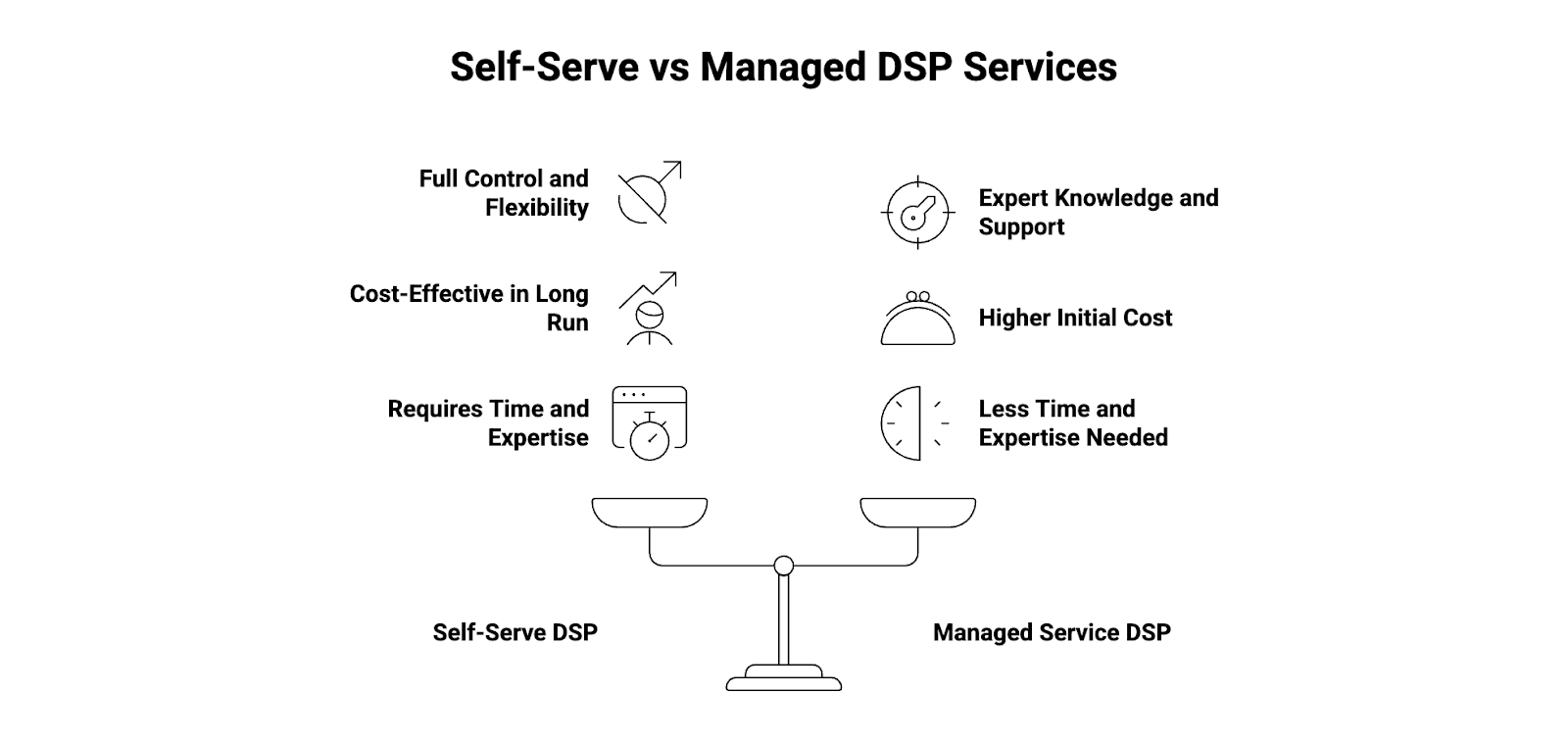
In many cases, smaller businesses lean toward managed service for peace of mind, while larger teams with in-house talent often prefer self-serve for full control. The best choice comes down to how much expertise and time your business can dedicate to campaign management.
Closing Thoughts — Partner with Strategus for Smarter CTV Advertising
Running CTV campaigns does not have to be complex. With Strategus, you get a fully managed service that simplifies advertising and drives measurable results:
- End-to-End Campaign Management: Strategy, audience targeting, real-time optimization, and performance tracking.
- Access to Premium CTV Inventory: Reach high-value audiences across top streaming platforms.
- AI-Driven Precision: Smarter targeting and bidding to maximize ROI.
- Transparent Reporting Dashboard: 24/7 access to clear, actionable insights.
- Expert Support: A dedicated team optimizing campaigns continuously so you save time and reduce risk.
Ready to scale your results without the complexity? Speak to a Strategus expert today and let us handle the heavy lifting while you focus on growth.
Frequently Asked Questions
1. How Do DSPs Target Audiences?
DSPs target audiences by using data from multiple sources such as first-party data, third-party segments, and contextual signals like device, location, or page topic. They can build lookalike audiences and retarget users who previously interacted with a brand. Advertisers also set rules for frequency caps and delivery times, while the DSP continually learns from campaign performance and adjusts bids to improve results.
2. How Does a Data Management Platform Work?
A DMP works by collecting audience data from websites, apps, CRM systems, partners, and external vendors. It cleans and organizes this information into usable audience segments based on demographics or behaviors. Marketers then connect these segments to DSPs or ad servers to launch campaigns. After campaigns run, performance data is fed back into the DMP so segments can be refined for more accurate targeting in the future.
3. What Enables Buyers to Manage Multiple Ad Exchanges Through One Interface?
The tool that enables this is a demand-side platform. A DSP connects advertisers to multiple ad exchanges and SSPs from a single dashboard. It handles all major functions such as targeting, bidding, pacing, frequency caps, creative delivery, and reporting. By consolidating the buying process, it gives advertisers scale and transparency while keeping performance data and budget control in one place.
4. How Can Advertisers Efficiently Activate Premium Inventory In DSPs?
Advertisers activate premium inventory by setting up private marketplace or programmatic guaranteed deals with trusted publishers. They apply brand safety rules, viewability thresholds, and fraud filters to protect quality. Audience data is layered in only where it adds real value, while supply paths with clear pricing and higher completion rates are prioritized. Testing and scaling the strongest-performing combinations helps maximize return on spend.
5. Why Should a DSP Integrate with Multiple Supply Sources?
A DSP that integrates with multiple supply sources gives advertisers wider reach and reduces dependency on any single exchange. This setup makes it possible to compare supply paths, avoid unnecessary fees, and access unique publishers or formats. It also improves pacing, lowers overall costs, and supports supply path optimization, giving advertisers more efficiency and transparency in how their budgets are spent.
6. How Do I Use a DMP in Media Buying?
To use a DMP effectively, marketers first define segments such as loyal customers, high-value buyers, or recent visitors. These segments are created inside the DMP and then synced with a DSP to activate campaigns. Once campaigns run, results like engagement and conversions are fed back into the DMP. This feedback loop refines audience segments and expands lookalike models, making future campaigns more accurate and effective.
7. What Is the Primary Purpose of a Demand-Side Platform?
The primary purpose of a DSP is to automate and optimize digital ad buying. It evaluates available impressions in real time, decides which ones fit the advertiser’s criteria, and places bids instantly. The platform manages targeting, budgets, and pacing, while also tracking results. By handling these tasks, a DSP ensures advertisers reach the right users at the best possible price.
Strategus is a managed services connected TV(CTV) advertising agency with over 60,000+ campaigns delivered. Find out how our experts can extend your team and drive the result that matter most.
Talk to an Expert
Seeking a Custom CTV Strategy That Delivers?
What to read next
App Event Tracking: Tie Mobile App Activity to CTV Campaigns
Let’s say you’re running a CTV campaign for a personal finance app.
5 minutes read

Stop Guessing Who Your Audience Is — Let Their Apps Tell You
Connected TV (CTV) targeting often falls in one of two camps.
8 minutes read
See Who Bought After Your Ad + How Much They Spent
You can’t improve what you can’t measure. And for years, that’s been a major problem with TV advertising.
4 minutes read
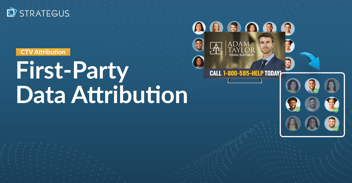
First-Party Attribution: Match Ads to Sales With CRM Data
The value of first-party data continues to grow.
7 minutes read

